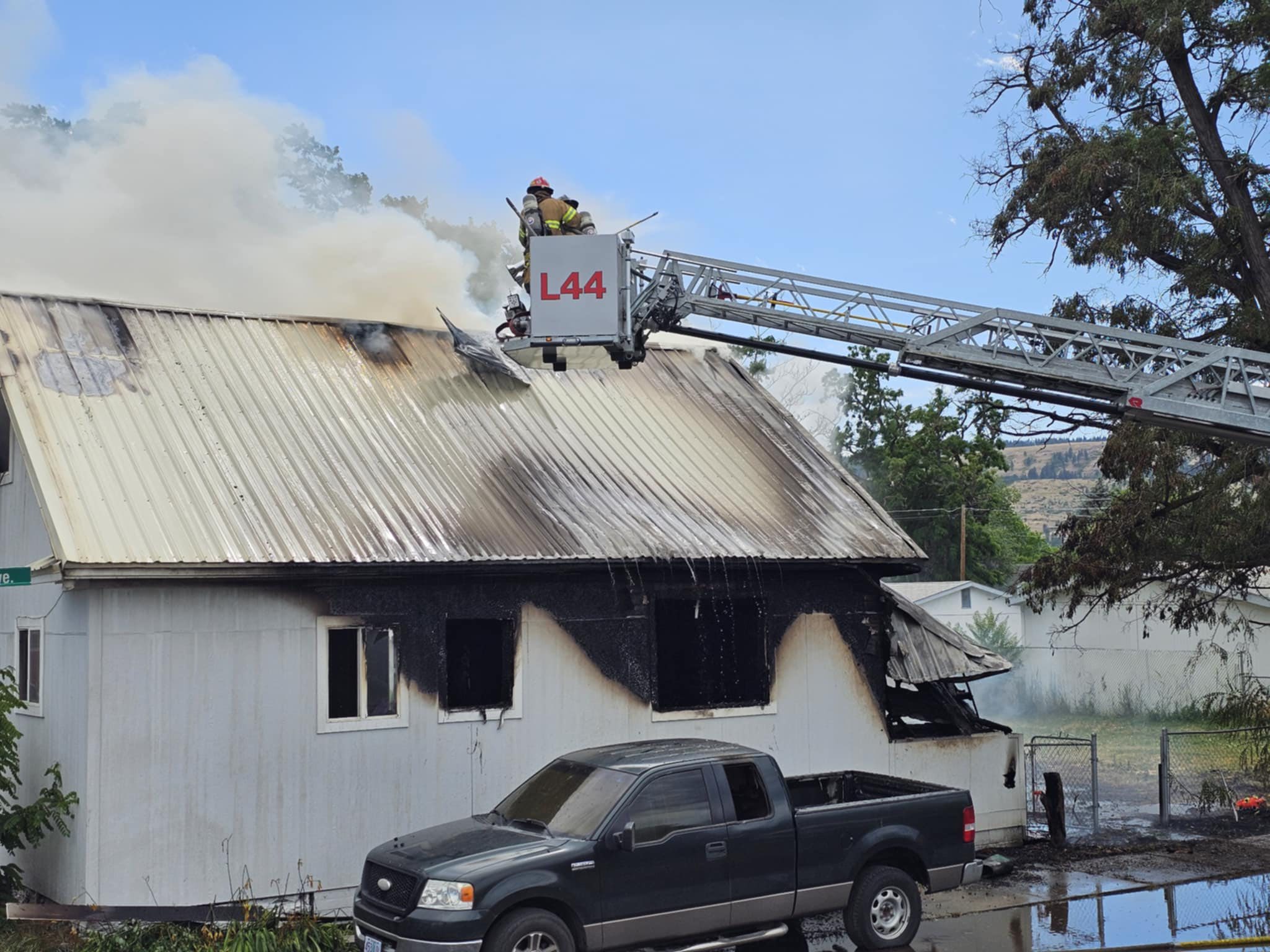15 counties under extreme risk category
Published 12:00 am Wednesday, April 28, 2021

- Oregon Gov. Kate Brown tours a drive-thru COVID-19 vaccination clinic at Portland International Airport on April 9, 2021.
SALEM — Union and Wallowa counties remain in the lower risk category for the spread of COVID-19, but 15 other Oregon counties find themselves categorized as extreme risk.
Trending
Gov. Kate Brown on Tuesday, April 27, announced changes to county risk levels under the state’s public health framework due to the rapid spread of COVID-19 in Oregon.
“With hospitalizations rising above 300 people statewide, threatening to overwhelm doctors and nurses, 15 counties will move to the extreme risk level effective Friday, April 30, through Thursday, May 6,” according to Brown’s announcement.
In addition, nine counties will be in the high risk level, four at moderate risk, and eight at lower risk.
Trending
Baker County joins the 15 under the extreme risk category. The others are Clackamas, Columbia, Crook, Deschutes, Grant, Jackson, Josephine, Klamath, Lane, Linn, Marion, Multnomah, Polk and Wasco. The affected counties account for more than half of the state’s 4.3 million population.
The extreme risk level shuts down indoor dining, limits crowd sizes, caps entertainment and exercise activities, and requires most businesses to close by 11 p.m.
“If we don’t act now, doctors, nurses, hospitals, and other health care providers in Oregon will be stretched to their limits treating severe cases of COVID-19,” Brown said.
The governor said health officials would review infection statistics each week and no county would remain at extreme risk level for more than three weeks.
Hood River County and Umatilla County are moving to the high risk category, increasing restrictions on businesses and gatherings as cases are rising in the counties.
At high risk, restaurants, religious establishments and fitness facilities can remain open at 25% indoor capacity. Grocery stores and other retail establishments can also remain open at 50%, according to the state.
Umatilla County recently was in a “two-week caution period” after surpassing the mark of 100 cases per 100,000 people over a 14-day period, which would move it from moderate to high risk.
Now, with 114 COVID-19 cases reported over the past two weeks, Brown announced the county would move back to high risk.
Umatilla County officials have said many of the cases are being traced to social gatherings. Officials also pointed to the county’s low vaccination rates as part of the reason why infection is spreading rapidly.
“In almost every single case, the people who are now being infected aren’t vaccinated,” Umatilla County Commissioner George Murdock said.
Umatilla County has long reported some of the lowest vaccination rates in the state. According to the Oregon Health Authority, approximately 23% of the county’s population is at least partially vaccinated, the lowest total in Oregon.
To cushion the financial blow to businesses, which will again have to shut their doors or curtail capacity and hours, Brown said she is working with the Oregon Legislature on an emergency $20 million financial aid package.
The new limits will go into effect Friday, April 30, for at least two weeks.
Brown said April 6 that no county would be moved into the extreme risk level as long as less than 300 people statewide were hospitalized for COVID-19.
OHA on Monday, April 26, reported 319 cases, bringing the three-week hiatus of the most severe restrictions to an end.
Oregon on Friday, April 23, reported more than 1,020 new infections, more than double what it was two weeks ago — the sharpest spike of any state.
After more than a year of being at the lowest end of infections nationwide, Oregon has seen new cases of COVID-19 jump 54% over the past 14 days while infections have dropped 20% overall in the nation.
The key infection measurement for larger counties is cases per 100,000, with Klamath topping the list at 787 and Deschutes at 467.
The spread of more contagious variants is outpacing vaccinations, which now top 1.1 million out of the state’s 4.3 million residents. OHA said the highly contagious B.1.1.7, known as the “UK Variant” because it first appeared in Britain, now accounted for the largest number of new cases in Oregon.
Though only 27% of the 4.3 million people living in Oregon have been completely vaccinated, demand for shots has already started to slow in some parts of the state, OHA reported.









